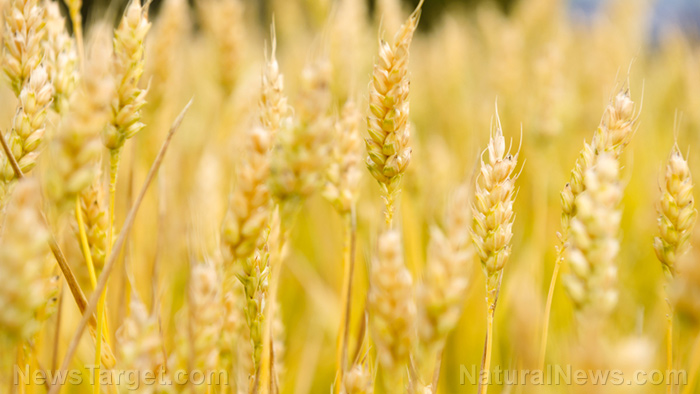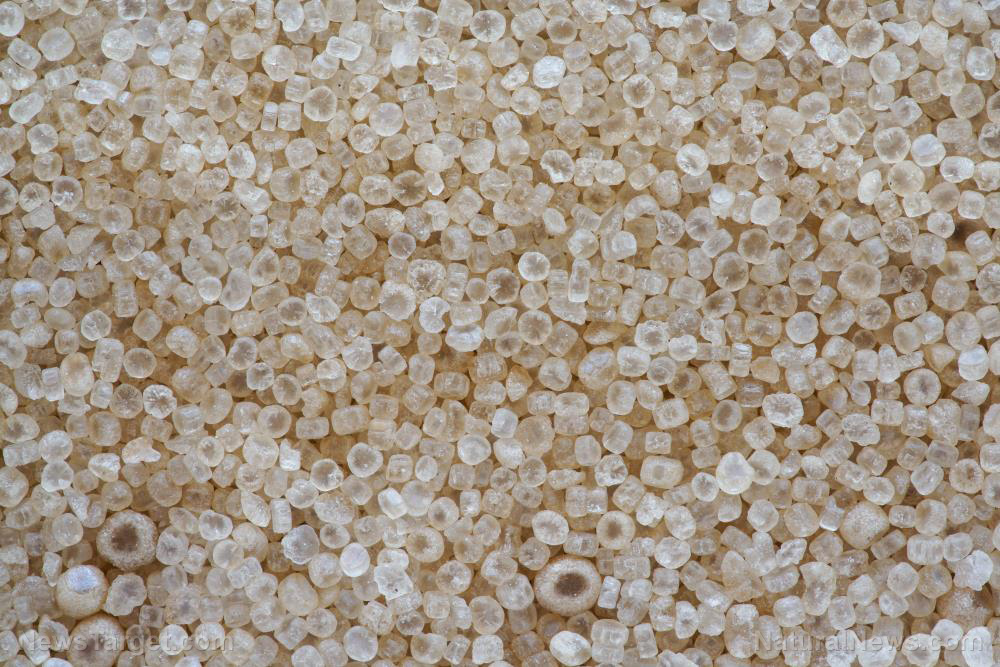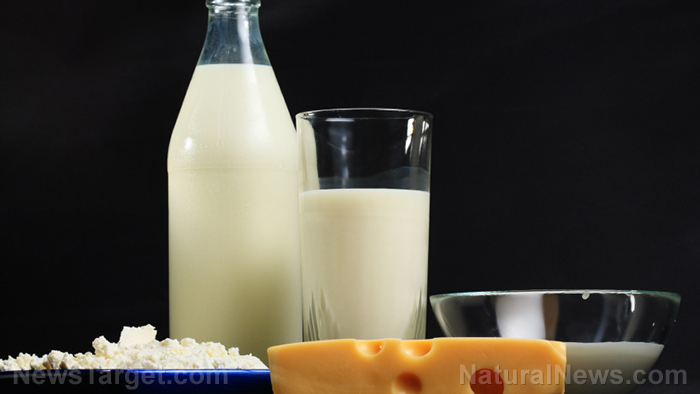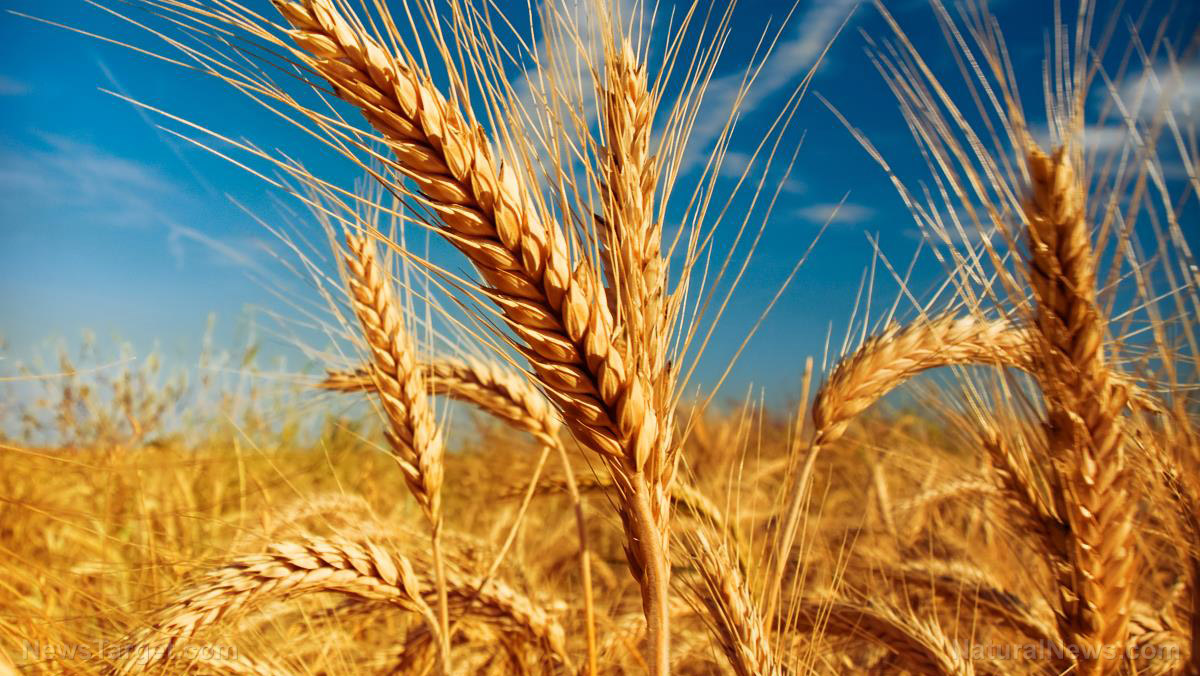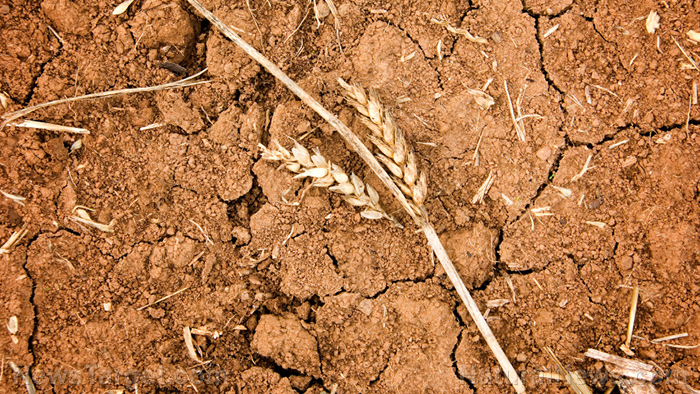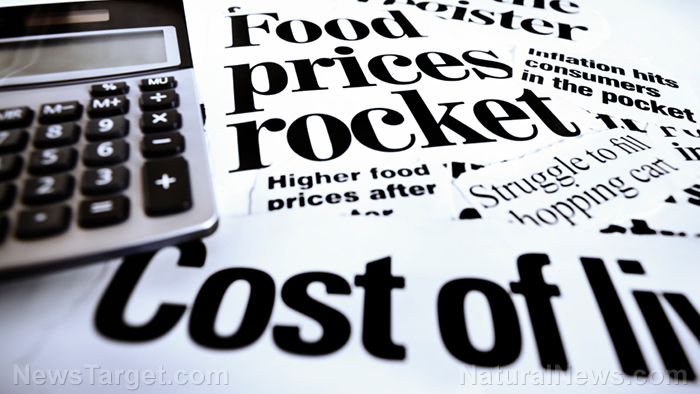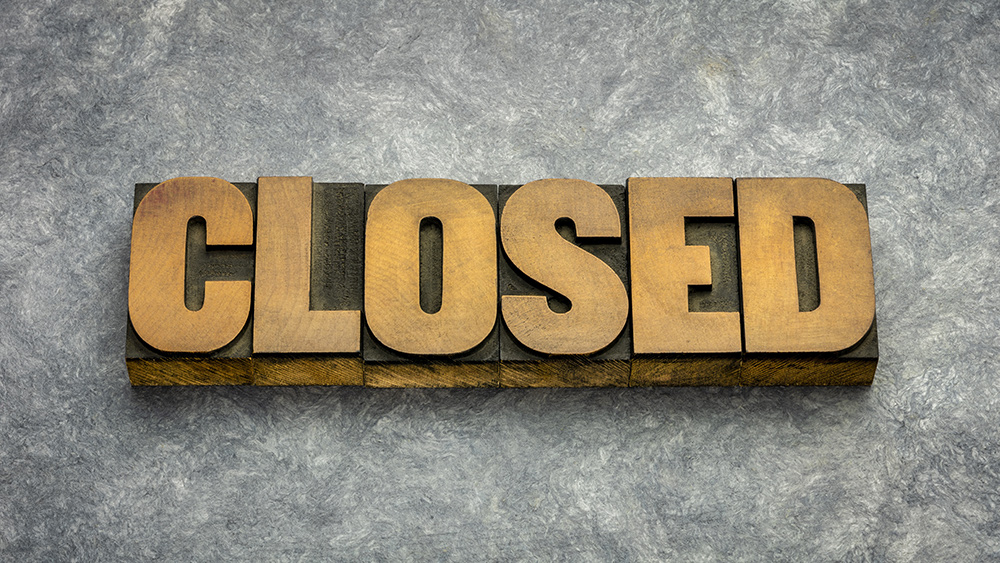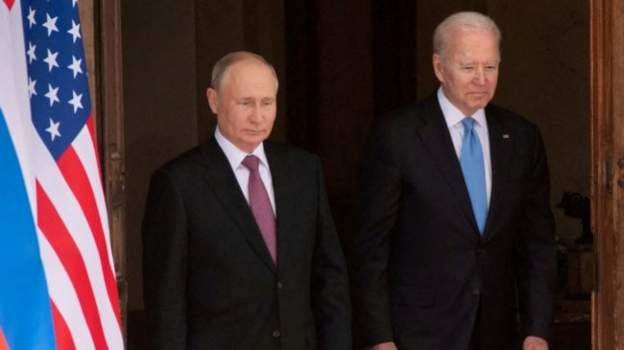USDA launches $500 million grant program for domestic fertilizer production
09/30/2022 / By Arsenio Toledo
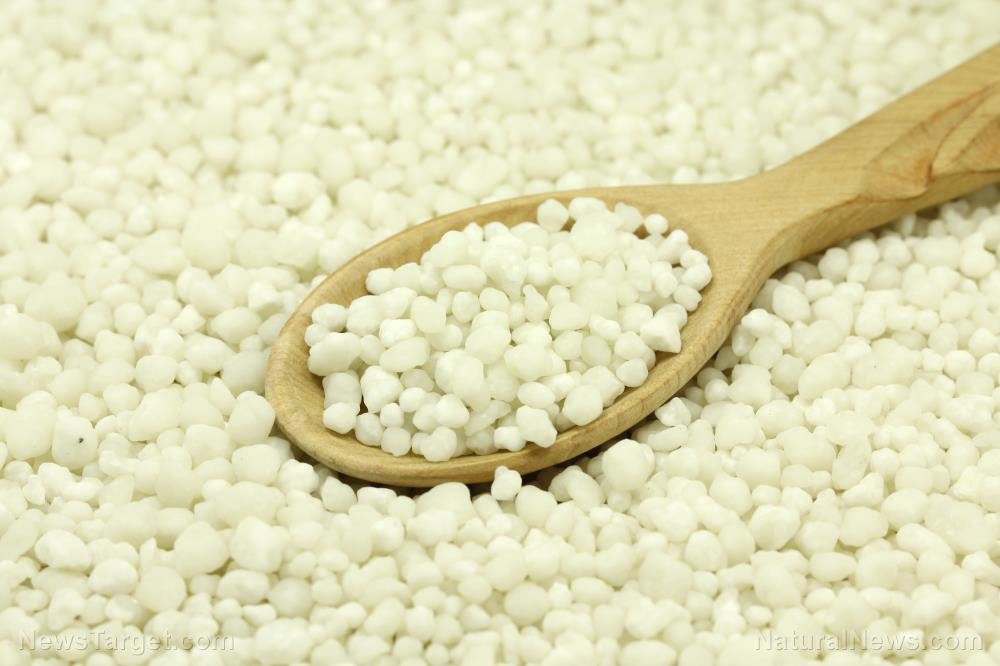
The United States Department of Agriculture (USDA) is offering $500 million in grants to bolster domestic fertilizer production to spur competition and combat the massive price increases of the past few months.
Farmers have been dealing with skyrocketing fertilizer prices for most of the year. Worse yet, even though prices declined somewhat during the summer, forecasts predict that costs will surge once again in the fall. This is compounding the already dire concerns and anxieties American farmers have about potential farm income for 2023. (Related: Nitrogen fertilizer prices are expected to rise – and the cost of natural gas is no longer the only factor.)
The USDA’s $500 million grant program is known as the Fertilizer Production Expansion Program. This is the continuation of a program the department established back in March when it made available $250 million to finance more domestic fertilizer production.
At the time, the USDA said it would also use funds drawn from the Commodity Credit Corporation, a government-owned corporation designed to help stabilize agricultural prices and support farmers’ incomes, to develop a grant program that would provide “gap financing” to help bring new domestic fertilizer production in the market.
America is currently one of the top three importers of fertilizer. Most of the fertilizer or components of fertilizer come from countries like Russia, Morocco, China and Canada. Supply chain issues from last year made fertilizer prices start growing. These prices crept even higher earlier this year and are expected to soar to record highs by the end of the fall planting season.
While price is one main problem for American farmers, fertilizer availability is another dire concern. Issues stemming from freak weather incidents, including the impact of Hurricane Ida, to political issues like the sanctions against massive fertilizer producer Russia, have created a cobweb of concerns that have slowed down global fertilizer production and have prevented what fertilizer there is in the market to reach the United States.
Program unlikely to help farmers deal with fertilizer costs at present
According to the White House and the USDA, the grant money from the Fertilizer Production Expansion Program will support independent, innovative, sustainable and farmer-focused domestic fertilizer production meant to supply American farmers with cheap fertilizer.
USDA Secretary Tom Vilsack himself said that the department’s bigger goal is to help create “a resilient, secure and sustainable economy, and this support to provide domestic, independent choices for fertilizer supplies is part of that effort.”
“Recent supply chain disruptions have shown just how critical it is to invest in the agricultural supply chain here at home,” he added.
The maximum grant amount that can be doled out is $100 million. The minimum is $1 million. Each grant has a term of five years.
The Fertilizer Institute President and CEO Corey Rosenbusch praised the program, saying that “anything that helps strengthen domestic fertilizer production is a win for the industry, growers and consumers.”
Unfortunately, this program comes far too late to help farmers deal with prices at the moment. In Missouri, farmers are currently paying an average of $1,325 for a ton of nitrogen fertilizer. In Iowa, farmers are paying more than $1,400 per ton.
Rosenbusch himself noted that if the administration of President Joe Biden really wanted to help boost domestic fertilizer production, it would require billions of dollars. One nitrogen fertilizer plant, he noted, can cost between $2 to $4 billion to construct.
Learn more news about fertilizer production and prices at FertilizerWatch.com.
Watch this episode of the “Health Ranger Report” as Mike Adams, the Health Ranger, talks about how Hurricane Ian has devastated North America’s fertilizer production.
This video is from the Health Ranger Report channel on Brighteon.com.
More related stories:
Green energy GENOCIDE: Without fossil fuel, there’ll be no more fertilizer to grow food.
FAMINE AHEAD: High fertilizer prices could cause global grain production to PLUMMET by 40%.
Prepare for dire food shortages as most fertilizer production in Europe goes offline.
Sources include:
Submit a correction >>
Tagged Under:
agriculture, big government, farmers, fertilizer, fertilizer prices, fertilizer production, fertilizer supply, fertilizer watch, grants, inflation, rationing, scarcity, supply chain, supply chain crisis, USDA
This article may contain statements that reflect the opinion of the author
RECENT NEWS & ARTICLES
WheatWar.com is a fact-based public education website published by WheatWar.com, LLC.
All content copyright © 2022 by WheatWar.com, LLC.
Contact Us with Tips or Corrections
All trademarks, registered trademarks and servicemarks mentioned on this site are the property of their respective owners.


